Australia is one of the biggest nations in the world and the smallest of the seven continents. And while the vast coastal perimeter has encouraged the growth of numerous enticing cities, the interior is wild, sparsely populated, and frequently ominous.
The Largest Cities in Australia are characterized by radiant beaches, pristine cityscapes, and a developing fusion of contemporary and indigenous cultural scenes.
It’s no surprise that Australia is densely populated. The nation is the sixth largest in the world, with a vast landmass of over 7.7 million square kilometres. Australia welcomes visitors from all over the world who come to take in stunning scenery, delectable cuisine, and kangaroo encounters.
Australia offers both residents and visitors a multitude of attractions, from Sydney to the Sunshine Coast. But if you only intended to visit there briefly, that wouldn’t be sufficient. Australia’s cities are quite large and densely crowded, thus it can take weeks to completely tour them. So below mentioned are the largest cities in Australia:
Melbourne
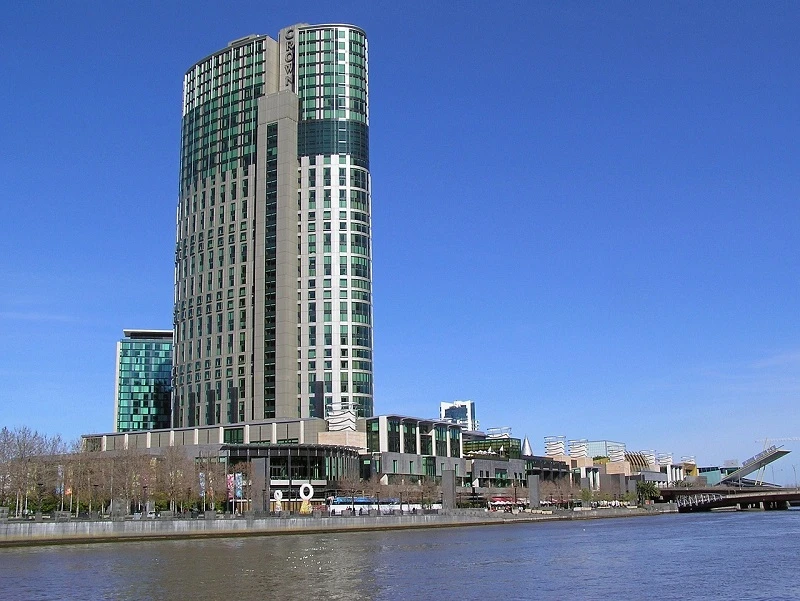
Melbourne has every reason to compete with Sydney as the ultimate metropolis of Australia. It has a modern, clean aesthetic, a thriving coffee and food scene, hip markets, and lively, attractive parks, and it serves as a gateway to the Great Ocean Road.
Victoria’s state capital is situated on Australia’s Eastern South Coast, looking out over Port Phillip Bay and the Bass Strait (which connects to Tasmania, an island state).
Over 700 kilometers (435 miles) southeast of Adelaide and just less than 900 kilometers (560 miles) southwest of Sydney are the distances from Melbourne, respectively. Interestingly, Melbourne, which has a population of nearly a million, is the most southern city in the globe.
Sydney
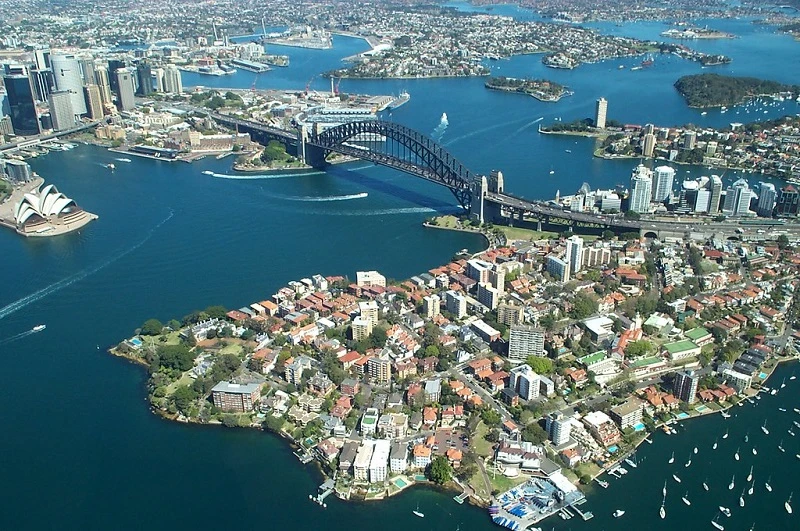
Sydney is the second largest city in Australia, home to the iconic Opera House and countless excellent beaches, and it pulsates with enthusiastic energy day and night. The state capital of New South Wales, which is located on the Southeast coast, served as the venue for the 2000 Summer Olympics.
The well-known Sydney Harbour (north), the lovely waters of Botany Bay (south), into which the runways of the Sydney Airport stretch, and the great reaches of the Tasman Sea (east) encompass the eastern half of Sydney.
Sydney has become one of the most important seaports in the South Pacific thanks to its advantageous location.
Brisbane
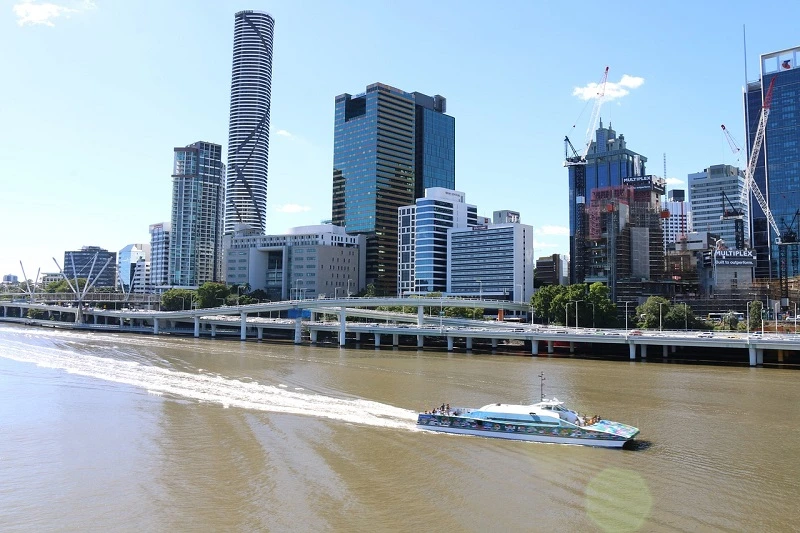
Brisbane occupies the third position on the population podium and is positioned almost in the middle of Australia’s East Coast, in the Southeast corner of the state of Queensland (of which it is the capital city), and just North of New South Wales’ Northeastern tip.
Brisbane is a terrific area to take advantage of the clear skies and lush surroundings, hop between hundreds of local islands, and discover Moreton Bay’s turquoise, shallow waters.
The Sunshine Coast and the Gold Coast, two upcoming additions to this list, are each around an hour’s drive away to the north and south, respectively, making this somewhat sized geographic region one of the key focal points of the country.
Perth
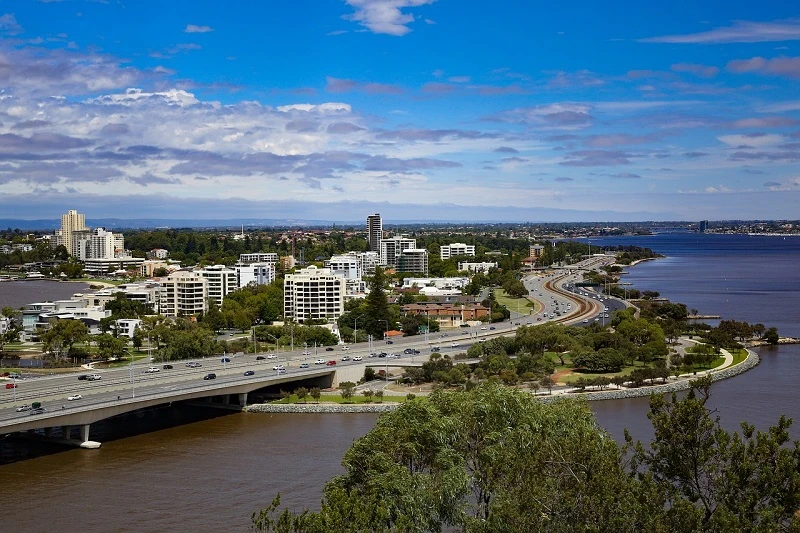
Perth is the state capital of Western Australia, which is located on the other side of Australia. Perth can be found on either side of the Swan River, which empties into the Indian Ocean, on the southwest coast.
This area is like a figurative island, far from any other big cities and home to around three-fourths of Western Australia’s population. Heavy industry and a wide range of industries are Perth’s mainstays, however, tourism has grown significantly over the past thirty years.
Perth has beautiful beaches and the appeal of a modern metropolis, like many of the well-known towns on this list, but it’s also desirable for its adjacent wineries and what seems like endless wildness, both inland and offshore.
Adelaide
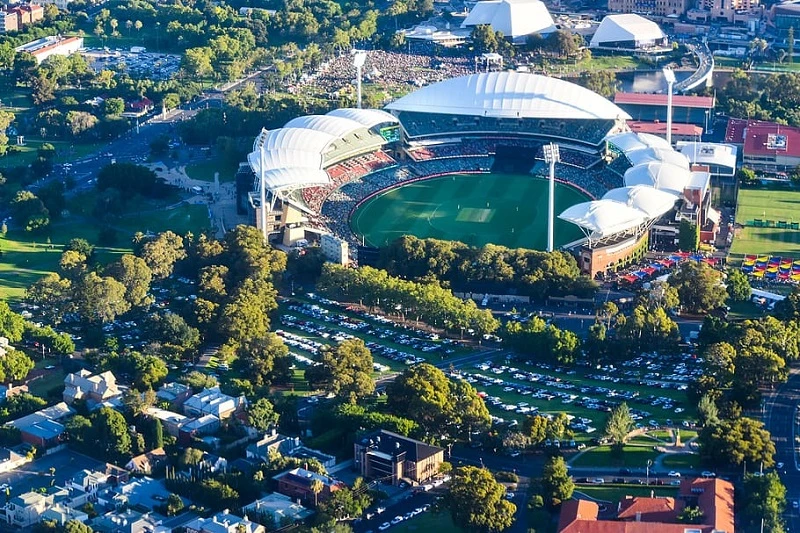
Adelaide, as one of the largest cities in Australia to reach the million-person mark, is more than deserving of the distinction.
The center of this renowned wine area, where many of these options may be enjoyed throughout the premium restaurant and bar scene, is the capital of the state of South Australia (located in its Southeast region).
Food enthusiasts visit the Central Market, which has been operating successfully since 1869, five days a week for the mouthwatering fresh vegetables and hand-crafted goods. Then, Rundle Street thrives with shopping and entertainment seven days a week.
Catch a game at the electrifying Adelaide Oval if you’re looking for something a little more exciting, or ascend its roof for some breathtaking views.
Gold Coast
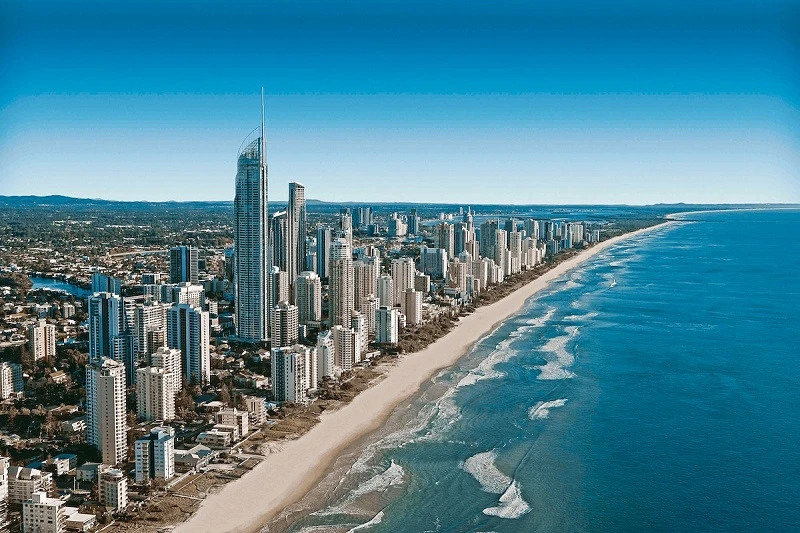
The sixth-largest city in Australia is made up of the southern suburb of Tweed Heads and the city of Gold Coast. This area of Queensland is surrounded on three sides by the cities of Brisbane, New South Wales’ close northeastern border, and the Coral Sea.
With some of the best beaches for both sunbathers and surfers, the Gold Coast lives up to its name. But the good times don’t end there. This location’s reputation as a holiday hub is cemented by surrounding rainforest tours, theme parks, shopping, and cuisine.
Canberra
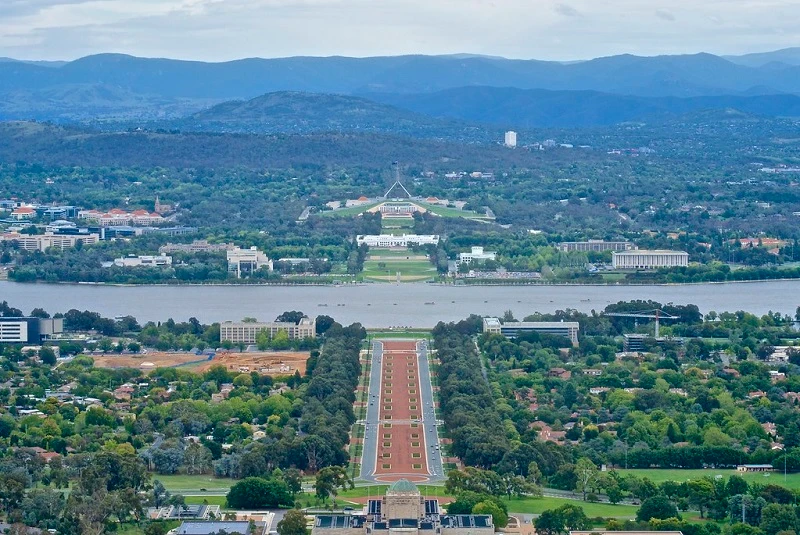
The federal capital of Australia and the only inland city to make the largest cities in terms of population is Canberra, which is located in the Australian Capital Territory between Melbourne and Sydney.
Canberra is regarded as the nation’s educational hub, boasting first-rate facilities and consistently placing highly as one of the best cities in the world for students as well as one of the most livable.
All of the museums, activities, and well-known hangouts that you might anticipate are included in a town with a college-going population.
Newcastle
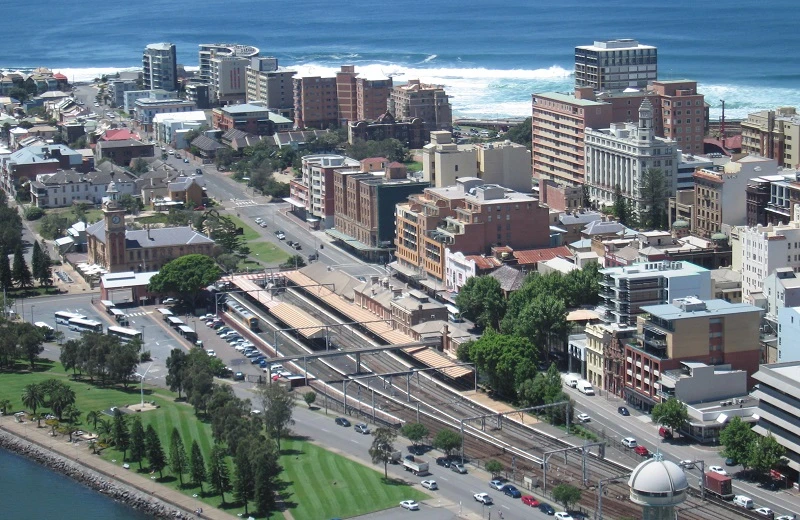
Newcastle is a fascinating city that is located around 161 kilometres (100 miles) along the coast from Sydney and is still part of the state of New South Wales.
As the second-oldest city in Australia (settled in 1801 and incorporated as a city in 1885), a stroll through Newcastle’s central district exhibits a variety of 19th- and 20th-century architectural styles. And as you move about, the allure of the lovely beach will eventually, and justifiably, take over.
While the steel, coal, and copper industries propelled this city into high gear, contemporary Newcastle (and its Novocastrian citizens) has developed it’s creative and leisure sides.
Sunshine Coast
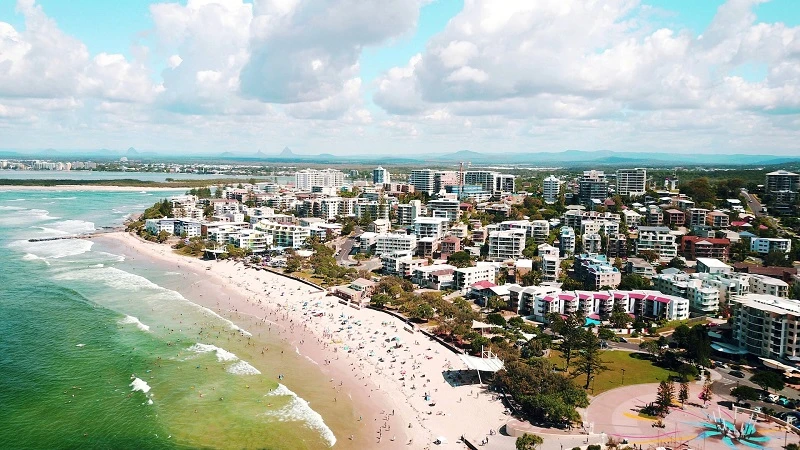
Southeast Queensland’s Sunshine Coast is a Peri-urban area located near Brisbane. Another place with a fitting name, it has a lovely subtropical temperature year-round and 65 kilometers (40 miles) of beaches lined with hotels, mellow surf areas, and a regular stream of tourists looking to soak up the sun.
The Sunshine Coast offers opportunities for leisure, adrenaline-pumping water sports, and excursions through the mountains and rain forests of Queensland’s Scenic Rim, which is home to three UNESCO Biosphere Reserves.
Central Coast
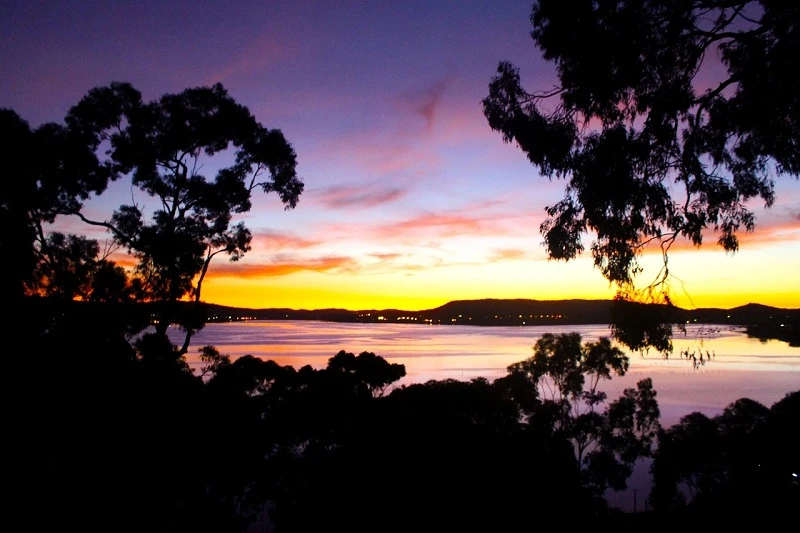
Another peri-urban location is the Central Coast, which is located in New South Wales and is roughly halfway between Sydney and Newcastle.
With cool coastal towns, delicious food, outdoor activities, a touch of casual luxury, and the other entire Australian splendour that comes from a location that is hugged by the South Pacific Ocean on one side and equally enormous, protected green lands on the other, the Central Coast brings it all together.
If Sydney is a little too boisterous for you, head up to the Central Coast, where there is more space to breathe in the salty sea air while still being in excellent company.
Wollongong
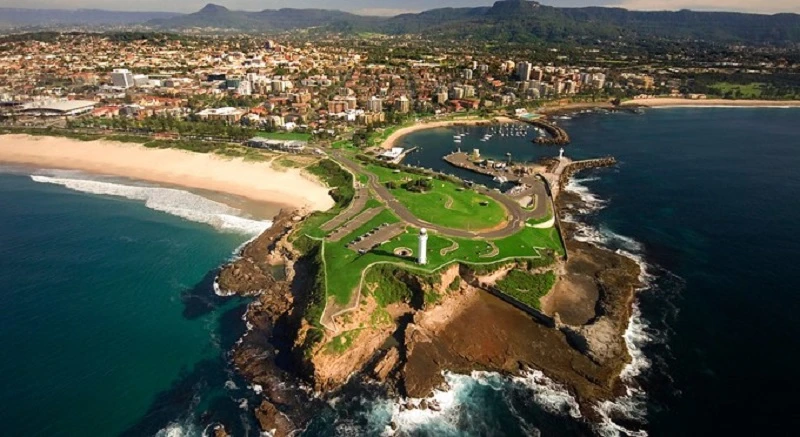
Wollongong simply doesn’t receive the attention it merits because it is sometimes overlooked on the route between the large cities of Melbourne and Sydney.
Wollongong is quickly establishing itself as a popular spot for commuters to base themselves on their daily trek into The Big Smoke, only two hours from the bustling streets of Sydney.
From breathtaking beaches and lookouts to walking trails, national parks, and a beautiful coastal lifestyle, it provides everything you could need.
According to research, Wollongong has been inhabited by native Australians for over 40,000 years; the name of the city is derived from an Aboriginal term for “five islands.” It’s simple to travel to this region of the world and become tempted to stay permanently.
Geelong
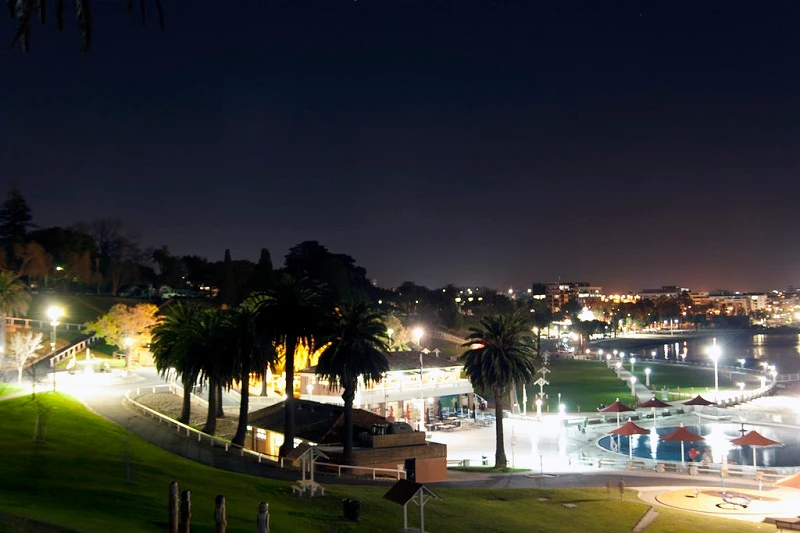
Once upon a time, the area was merely recognized as a cheap place to commute into nearby Melbourne or as the starting point for trips along the world-famous Great Ocean Road. Geelong is now getting the recognition it deserves as a distinct city with just as much to offer as any other.
On the southernmost tip of Australia, one hour from Melbourne, the capital of the Victorian state, Geelong has transformed its previous industrial image and is now a popular tourist destination.
This is the destination for you if you’re drawn to stunning waterfront attractions, a family-friendly environment, unspoiled parks and reserves, and whales and dolphins that live just off its shores.
Make sure to allow enough time to explore Geelong whether you’re going to or from Melbourne. You won’t be contending with the throngs, after all, Geelong has a population of about a quarter million and Melbourne is approaching five million. That much is true.
Hobart
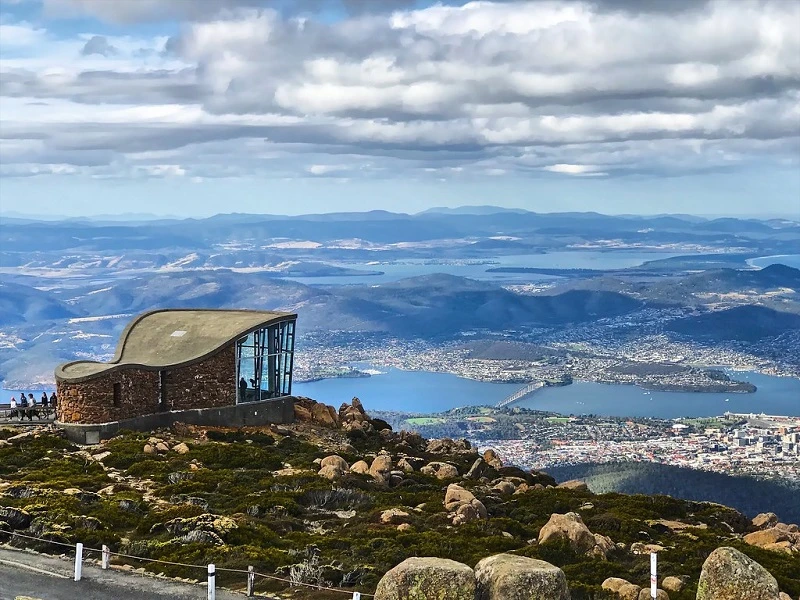
Hobart may seem small compared to Sydney, the largest city in Australia, which is just under two hours distant (1/20th of its population), yet the state’s foreign tourism is currently at an all-time high.
For such a small city, Hobart welcomed over 300,000 international travellers in 2018 alone to discover this magnificent region of the world.
Hobart may seem small compared to Sydney, the largest city in Australia, which is just under two hours distant (1/20th of its population), yet the state’s foreign tourism is currently at an all-time high.
Before making the fun two-hour trip to rival bayside Tasmanian city Launceston, tour Hobart. Enjoy some outstanding local beer, take in some of the best artwork in the nation, and take in the crisp Tasmanian air.
Townsville
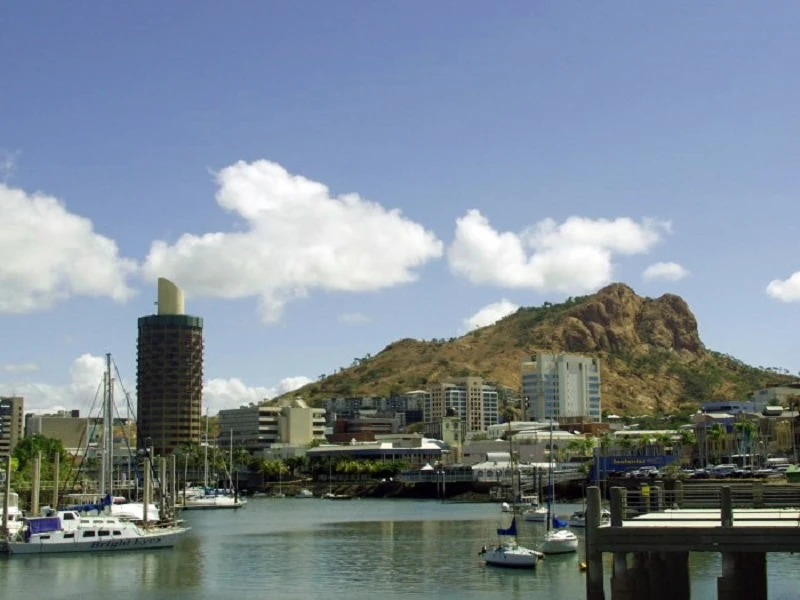
You’ll adore Townsville if your approach to vacation is “the hotter and sun, the better.” After all, there are typically 320 sunny days there each year. Pack sunscreen accordingly.
The largest metropolitan centre north of the Sunshine Coast (much further south) is the seaside city on sunny Queensland’s northeast coast. It is investing a lot of effort into developing its tourism brand and is truly coming into its own.
And there are a lot of benefits to visiting Townsville. Townsville offers a wide variety of aquariums and wildlife sanctuaries to visit, making it a bustling habitat for a variety of intriguing Australian species (both land and marine creatures).
A beautiful blend of old and new buildings, tropical gardens, and food establishments are also found there. Do not overlook Magnetic Island, which is only a 20-minute ferry trip away.
You must experience traveling down the coast of magnificent Queensland, and a stop off to walk through the streets of lovely Townsville should be on your schedule.
Cairns
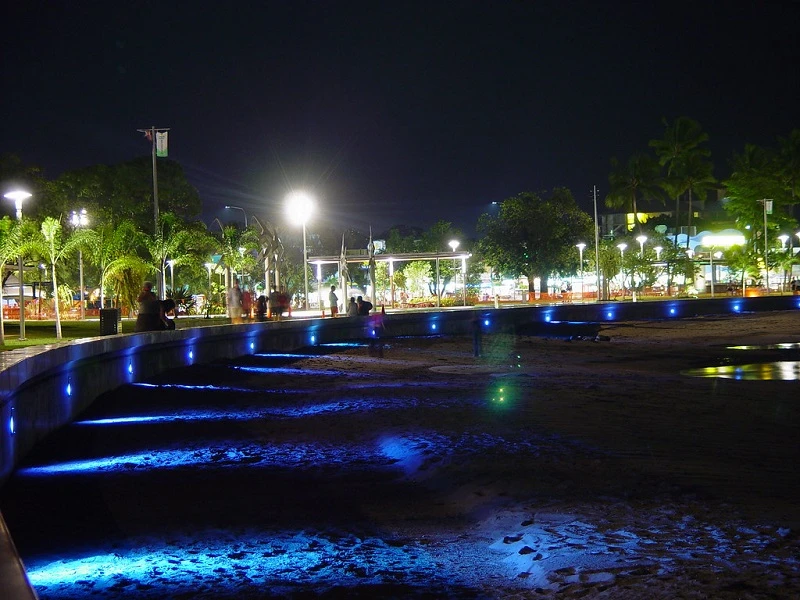
If visiting the gigantic Great Barrier Reef is at the top of your bucket list, you may set sail from Cairns. The entrance to Far North Queensland (FNQ), Cairns is a seaside paradise that knows how to party as well as it knows how to utterly unwind. It is hot, humid, and steamy.
With a total yearly domestic and international tourism number of over three million, the city, which has a permanent population of less than a quarter of a million, manages to accommodate its visitors with absolute ease.
In addition to being the starting point for exploring the Great Barrier Reef, Cairns is home to the famed Daintree Rainforest and Cape Tribulation, which speak highly of the area.
You can understand why it’s a must-visit when you consider the amazing bars, uninhabited islands nearby, mouthwatering fresh vegetables, stunning tropical resorts (with nice pools, obviously), an established adventure sports scene, and incredibly welcoming folks.
Conclusion
It is simple to understand why Australian cities have been expanding. Beautiful natural surroundings, modern urban design, and eccentric, amiable people combine to make a powerful trinity of appeal. The largest cities in Australia will be happy to accommodate your needs, whether you’re seeking a fantastic vacation destination or a place to call home.
